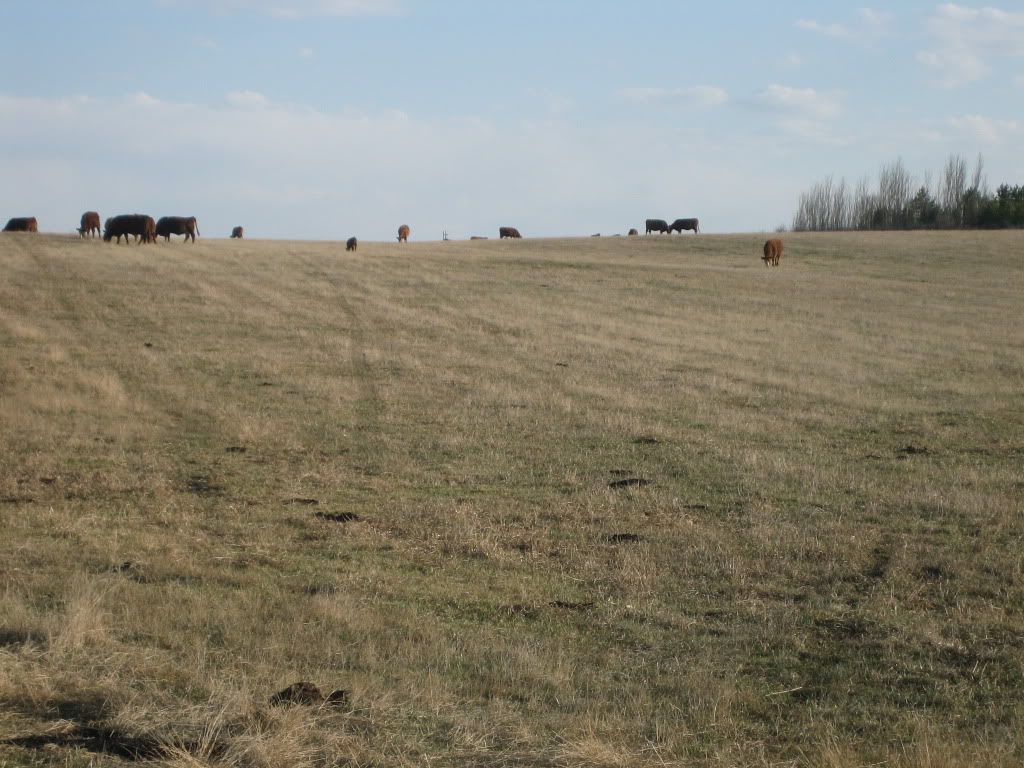When I worked at the vet clinic, a local "expert", who goes around making money giving lectures on low cost cattle raising came in and gave us a good stern lecture on how his cows are taking care of themselves, and costing less to care for, and all the stuff that goes with it.
A week later, in the middle of May, he was the subject of a newspaper story about how a late snowstorm had caused him to lose about fifteen or twenty calves. This was pre-BSE, so it was a good big loss.
I also remember a very large herd of pasture calving cows that managed to have an outbreak of coccidiosis in their calves. These people had a hired man who literally lived on the quad, and treated calves from morning to night. It was his full time job for three weeks. It was all he did. I don't know how many calves they ended up losing, but it was significant. They also used a truckload of those Calfspans, Sadie. ;-)
Which goes to prove "never say never", and it never hurts to be prepared to stop a wreck. Wrecks do happen, and they are expensive.
We've found that pasture calving does have less problems, but when they do happen, they are usually bigger problems. Everyone has to design a system that works for them. We'd love to go the less labour intensive route, but in our situation, it just doesn't work. So we take the bits and pieces of it, and apply them where we can.
A week later, in the middle of May, he was the subject of a newspaper story about how a late snowstorm had caused him to lose about fifteen or twenty calves. This was pre-BSE, so it was a good big loss.
I also remember a very large herd of pasture calving cows that managed to have an outbreak of coccidiosis in their calves. These people had a hired man who literally lived on the quad, and treated calves from morning to night. It was his full time job for three weeks. It was all he did. I don't know how many calves they ended up losing, but it was significant. They also used a truckload of those Calfspans, Sadie. ;-)
Which goes to prove "never say never", and it never hurts to be prepared to stop a wreck. Wrecks do happen, and they are expensive.
We've found that pasture calving does have less problems, but when they do happen, they are usually bigger problems. Everyone has to design a system that works for them. We'd love to go the less labour intensive route, but in our situation, it just doesn't work. So we take the bits and pieces of it, and apply them where we can.
 </a>yet.
</a>yet.
 </a>ating today.
</a>ating today.
Comment